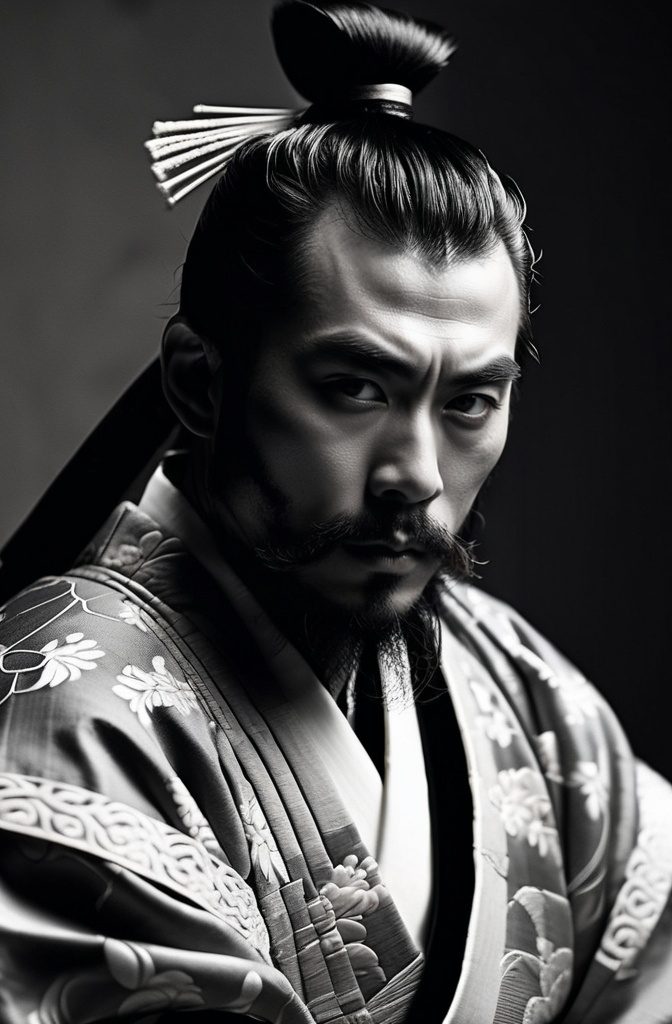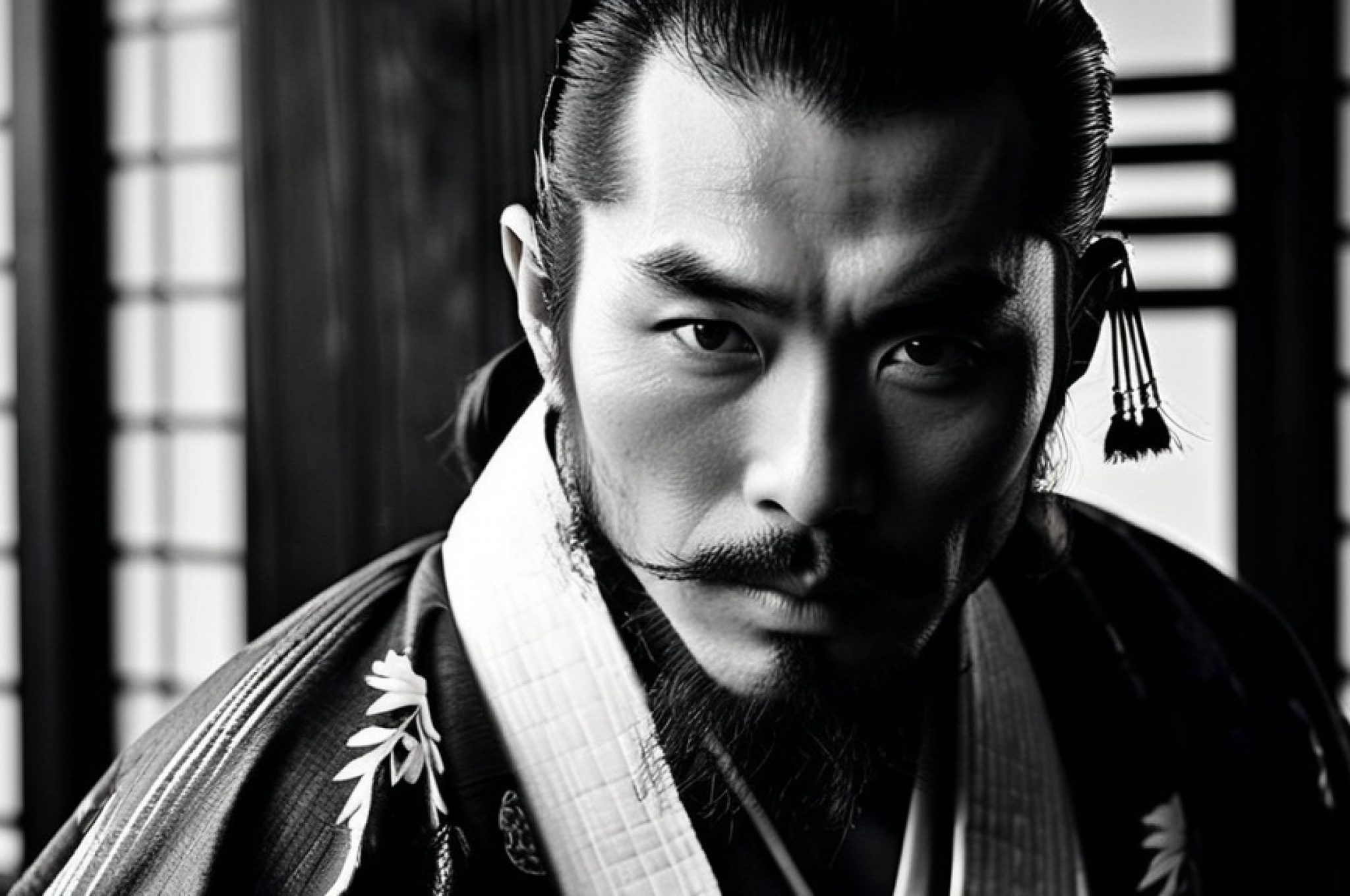ai slave
Once upon a time, I embarked on a quest, one I’ve yet to fully complete, to watch all of Akira Kurosawa’s movies. I chose to do this not just because I was a fan of Japanese culture, bushido, and the samurai genre, or because I felt I had exhausted my options after devouring classics like Harakiri (my favorite in the genre), Ame Agaru, and Zatoichi. Kurosawa was different. His name was whispered in reverence, an undisputed master who left an indelible mark on Western cinema.
When I discovered that Francis Ford Coppola (whose The Godfather is my favorite Western cinematic masterpiece) had supported Kurosawa’s later works, it felt like a necessity to immerse myself in his films. So, I finally sat through the epic three-hour runtime of Seven Samurai, a movie I had long avoided because its story had already been spoiled for me multiple times by other adaptations, including Samurai 7, a favorite anime of mine and one of the rare adaptations approved by Kurosawa’s estate.
From there, I moved on to Yojimbo, Rashomon, Ran, Throne of Blood, and The Men Who Tread on the Tiger’s Tail, among a few others. Unlike formal students of film, I’ve never attended film school or been on a movie set. I wasn’t compelled by a curriculum but driven by passion. Whenever I had free time, I would choose one of Kurosawa’s films and let it consume me. I would often watch these films probably as how a student of filmmaking would, dissecting the long scenes, the pauses, the directing choices, and the sheer artistry that separates great cinema from mediocrity.
The more I watched Kurosawa’s works, the more undeniable their influence on Western films became. Echoes of his storytelling and directing style are still felt today, a constant déjà vu in the language of cinema. Kurosawa didn’t just make films; he revolutionized the medium.
Revolutions in any field are rooted in a deep understanding of what is being revolutionized. Kurosawa revolutionized filmmaking because he understood its essence. He drew from classical Japanese storytelling, theater, and culture while simultaneously embracing and influencing Western cinematic techniques.
One of his greatest influences was William Shakespeare. Throne of Blood is a reimagining of Macbeth, set in feudal Japan, blending the Bard’s tragic themes with noh theater’s stark, haunting aesthetics. Similarly, Ran draws heavily from King Lear, transforming the tale of a king’s descent into chaos into a visually stunning exploration of loyalty, betrayal, and the fragility of human ambition. By merging Shakespeare’s timeless narratives with Japanese cultural elements, Kurosawa created films that resonate universally while remaining distinctly his own. His works are a bridge between worlds, timeless in their relevance and impact.

Today, with the emergence of AI technology, we’re witnessing a surge of short, flashy clips labeled as “films.” These clips, often no longer than a few seconds, are being worshiped as evidence of a filmmaking revolution. As someone active in both the AI community and a lifelong admirer of cinema, I personally disagree.
AI may revolutionize film production, making it cheaper and faster to create moving images, but it is yet to revolutionize filmmaking. And if we continue to approach it this way, it never will.
What we are seeing is a proliferation of motion, not emotion. AI has made it easier for anyone to turn still images into moving ones, but storytelling, narrative, and directing remain out of reach. These are the elements that separate a mere movie from a true film. A movie is a sequence of moving images; a film is a story that touches lives, evokes emotions, and leaves an impact. It’s the difference between disposable entertainment and timeless art.
The problem with AI’s so-called filmmaking revolution is that many of its proponents lack a foundational understanding of what makes a film great. Their benchmark is often the past decade of formulaic, CGI-laden Hollywood blockbusters, which have prioritized spectacle over substance. Without understanding the true essence of cinema, how can one hope to revolutionize it?
Great films require more than technology; they require vision. The long, unbroken takes, the deliberate pacing, the unspoken emotions, Kurosawa’s mastery lay not in the tools he used but in how he wielded them to tell stories that resonated across cultures and generations.

My own life has been profoundly influenced by films. I started studying yoga and later became a yoga teacher after watching Darren Aronofsky’s The Fountain, leading me to travel the world for over a decade, impacting my outlook of life. Similarly, countless freedivers trace their passion back to Luc Besson’s The Big Blue. This is the power of true filmmaking: it doesn’t just entertain; it transforms.
AI-generated “films” so far have achieved mostly one thing: promoting the tools used to create them. Most of them still lack the soul, humanity, and vision that define great cinema. Yet, AI does have potential. For indie creators, it offers accessibility, lowering production costs and democratizing some aspects of filmmaking. Tools that once required teams of professionals can now be accessed by a single individual. This technological advancement, however, is only a complement, not a substitute, for storytelling and artistic vision.
In the end, if nothing else changes, AI will likely give us more of the same formulaic nonsense Hollywood has been churning out with CGI, only faster and cheaper. It’s a revolution of production, not storytelling. To truly revolutionize filmmaking, AI creators must shift their focus to the story and narrative. It’s not enough to marvel at a tool’s ability to turn an image into a video or control camera angles. Instead, they should study the masters, Kurosawa, Coppola, Kubrick, and learn what made their films timeless. These directors understood that the heart of cinema lies in bringing to life stories that move people, narratives that resonate, and experiences that linger long after the credits roll. Without this, AI will remain a tool for production, not a force for artistic transformation.
If you’re content with production over artistry, feel free to keep generating and reveling in your five-second clips made with the latest AI tools. As for me, I’ll pass on most of the AI-generated movies, just as I’ve done with Hollywood’s CGI-laden flicks over the past decade, and remain committed to my quest of completing Kurosawa-san’s filmography.
